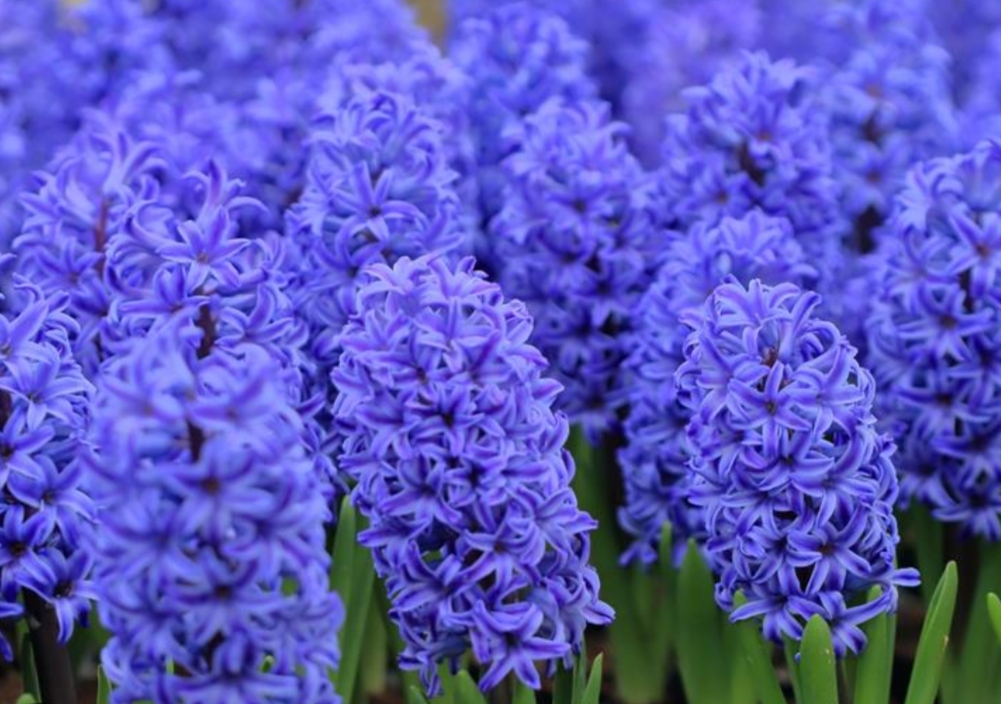
Flowering bulbs are a delight to any gardener, adding vibrant colours and delightful fragrances to our outdoor spaces. These versatile plants are known for their ability to bloom year after year, making them a favourite among gardening enthusiasts. So to ensure your garden bulbs thrive and provide a stunning display, proper maintenance is essential. And this article will share some valuable tips to help you keep them healthy and long-lasting.
Choosing the Right Ones
The foundation of successful bulb maintenance lies in selecting the right buds for your garden. So when purchasing them, opt for firm ones, free from mould or blemishes, and have healthy-looking shoots. Different plants thrive in different climates, so make sure to choose suitable varieties for your region. Starting with high-quality ones sets the stage for a beautiful garden filled with vibrant blooms.
Planting Correctly
Proper planting is crucial for the long-term health of your flowering plants. Prepare the soil, ensuring it is well-drained and enriched with organic matter. So follow the planting instructions provided for each one, taking note of the recommended depth and spacing. Plant them with the pointed side facing up to ensure proper growth. And once planted, water thoroughly to settle the soil and provide essential moisture for root development.
Watering and Moisture
Watering is a key aspect of its maintenance. During the growing season, flowering buds need regular watering, especially when rainfall is scarce. However, be cautious not to overwater, as this can lead to rotting. As such, it is recommended to water deeply once a week rather than shallowly every day. Mulching the soil around them will help retain moisture and regulate soil temperature. Avoid letting them sit in waterlogged soil, as it can cause rotting and negatively impact their longevity.
Fertilising
To promote healthy growth and abundant blooms, garden buds require proper nourishment. So before planting, don’t forget to amend the soil with compost or well-balanced fertiliser. And once they start sprouting, provide them with a slow-release fertiliser according to the package instructions. Avoid fertilising buds after they have bloomed, as this can divert energy from their formation and weaken the plant.
Deadheading and Pruning
To maintain the appearance and vitality of your flowering bulbs, deadheading spent flowers is essential. Removing faded blooms prevents the plant from expending energy on the production of seeds and encourages it to focus on its development. Once the foliage turns yellow or brown, resist the temptation to cut it back immediately. Allow the foliage to wither naturally, as it provides nourishment to the buds for the following season. And once the leaves have completely died back, they can be safely removed.
Pest and Disease Control
Like any other plant, flower buds are susceptible to pests and diseases. Monitor them regularly for signs of damage or infestation. Common pests that may affect them include aphids, slugs, and snails. As such, use organic pest control methods or appropriate insecticides to combat these pests. Additionally, be vigilant for signs of diseases such as botrytis or bulb rot and promptly remove any affected ones to prevent the spread of disease to other healthy plants.
With proper care and attention, garden bulbs can reward you with years of beauty and joy. By choosing the right buds, planting them correctly, providing adequate water and nutrients, practising regular maintenance tasks like deadheading, and keeping an eye out for pests and diseases, you can ensure their health and longevity. Remember, gardening is a journey, and observing their life cycle from planting to blooming is a truly rewarding experience. So roll up your sleeves, get your hands dirty, and enjoy the stunning displays that these marvellous plants can bring to your garden.
